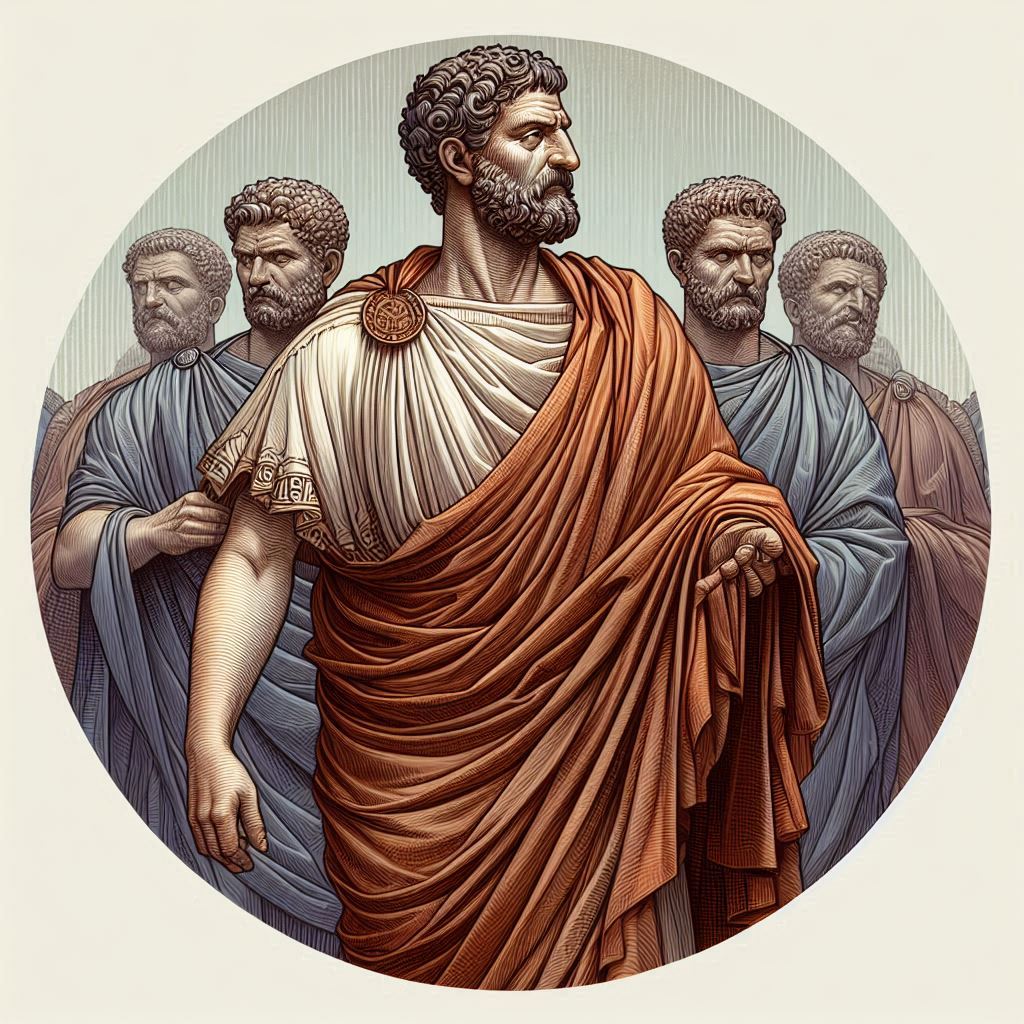What is the Roman Toga?
The Roman toga is one of the most iconic garments that has endured in the history of ancient Rome. This clothing, which was not only a formal attire, also symbolized the social status, citizenship, and authority of those who wore it. In this article, we will delve into the history, characteristics, and types of the Roman toga, as well as its meaning and some curiosities about its use.
Origins and Evolution
The toga has its roots in Etruscan and Greek garments, but the Romans adapted it, turning it into a cultural distinctive. Initially, the toga was worn interchangeably by men and women, but over time, it became exclusively associated with male Roman citizens, becoming a symbol of honor and distinction.
Characteristics and Types of Togas
The toga was a large piece of cloth, usually made of white wool, which was wrapped around the body over a tunic. There are several types of togas, each with its own meaning:
- Toga Virilis/Pura: This is the basic toga that a Roman citizen wore upon reaching adulthood. It was completely white and unadorned.
- Toga Praetexta: This toga, used by magistrates, featured reddish or purple borders, indicating their authority.
- Toga Candida: This white toga, treated with chalk, symbolized purity of intention and was worn by candidates for public office.
- Purple Toga: Worn by emperors and kings, this toga was a symbol of power and wealth, recognizable by its purple color.

Use and Significance
Not only was it a formal garment, but the toga represented the social category of the wearer, distinguishing Roman citizens from those who did not belong to this group. The colors and adornments of the toga indicated the status and achievements of the individual, making it a symbol of social recognition.
Dressing Process and Restrictions
Putting on a toga was a complex task that required some skill. Many Romans needed help to adjust it properly. Despite its formality, it was not a comfortable outfit, so its use was reserved for ceremonies or significant events.
It is important to mention that the toga was restricted to free Roman men. Women and foreigners could not wear it, although there were exceptions, such as the toga muliebris, which was assigned to certain women in particular situations.

The Roman toga has become an enduring symbol of classical culture, reflecting not only the history of Rome but also the complex social structure of its time. Its relevance continues to be present, being a symbol associated with power and citizenship in the history of the Western world.
















